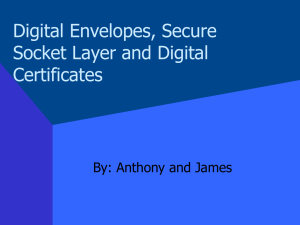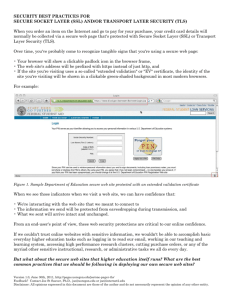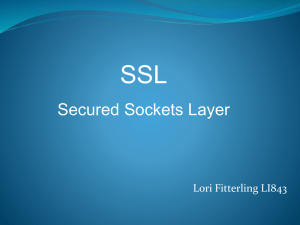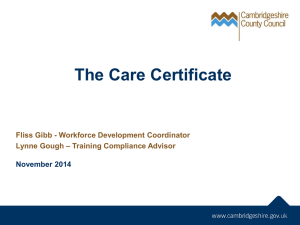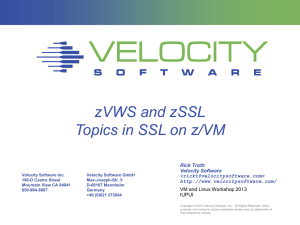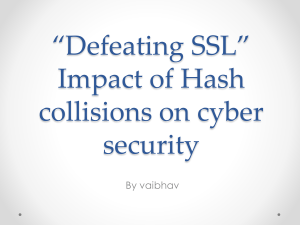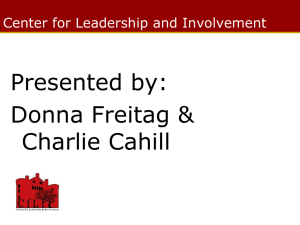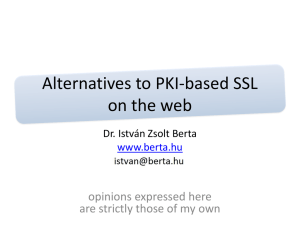Is the certificate provided in a TLSA response genuine?
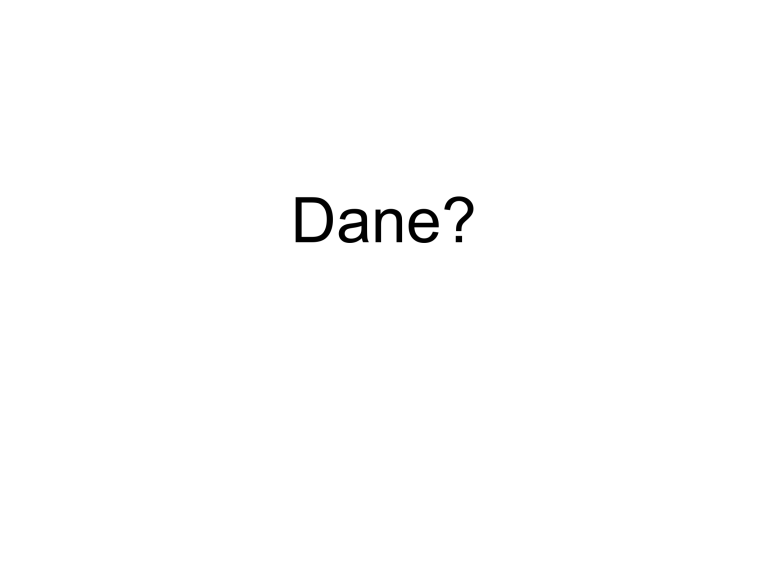
Dane?
No?
The Longer Version…
https://www.flickr.com/photos/hyper7/7287993694
International Herald Tribune
Sep 13, 2011 Front Page
http://www.diginotar.nl/Portals/7/Persberichten/
Operation%20Black%20Tulip%20v1.0a.pdf
Iran users of gmail are
Fake certificate private key a mitm attack published
Fake certificate issued for
*.google.com
+
Fake certificate private key published
=
Any attacker-in-the-middle can intercept a connection request for mail.google.com, and initiate a “secure” connection using the fake certificate, and your browser could be fooled into believing that this was the genuine server!
Fake certificate issued for
*.google.com
+
Fake certificate private key published
=
Any attacker-in-the-middle can intercept a connection request for mail.google.com, and initiate a “secure” connection using the fake certificate, and your browser could be fooled into believing that this was the genuine server!
Two problems:
1. I may not have landed up where I wanted to be:
DNS cache poisoning
DNS resolver compromise
Local host compromise
Routing compromise
2. The domain name certificate may be fake
The combination of the two implies that I, and the browser I use, may not even notice that we have been mislead. This is bad.
How could it happen?
The 2011 mitm attack was evidently performed by a state-based organisation in Iran, with direct access to national infrastructure, exploiting a fake cert issued by a compromised CA
You don ’t need to be the NSA or its equivalent to play this game – this form of attack would work at any scale.
Either the attacker is already on path to the intended site, or the attacker can use access to routing to inject routes that direct the data flows to the attack point
Why could it happen?
This is broken!
Domain Name certification should use trust and integrity of operation as a differentiator
If you pay more money you would expect to use a service that operates with greater levels of care and data protection of your data and users of your service would be “more secure” – right?
But a compromised CA can issue a domain name certificate for ANY domain name
If you trust this compromised CA then you are going to trust its products
The entire Domain Name CA operation is only as good as the worst
CA!
It does not matter what CA service you use, because any compromised CA can compromise users of your service
In a commercial world...
what succeeds in the market?
An important motivation for using digital certificates with SSL was to add trust to online transactions by requiring website operators to undergo vetting with a certificate authority (CA) in order to get an SSL certificate. However, commercial pressures have led some CAs to introduce "domain validation only" SSL certificates for which minimal verification is performed of the details in the certificate.
Most browsers' user interfaces did not clearly differentiate between low-validation certificates and those that have undergone more rigorous vetting. Since any successful SSL connection causes the padlock icon to appear, users are not likely to be aware of whether the website owner has been validated or not. As a result, fraudsters (including phishing websites) have started to use SSL to add perceived credibility to their websites.
By establishing stricter issuing criteria and requiring consistent application of those criteria by all participating CAs, EV SSL certificates are intended to restore confidence among users that a website operator is a legally established business or organization with a verifiable identity. http://en.wikipedia.org/wiki/Extended_Validation_Certificate
All these checks are based on information fetched from the
DNS
An important motivation for using digital certificates with SSL was to add trust to online transactions by requiring website operators to undergo vetting with a certificate authority (CA) in order to get an SSL certificate. However, commercial pressures have led some CAs to introduce "domain validation only" SSL certificates for which minimal verification is performed of the details in the certificate.
Most browsers' user interfaces did not clearly differentiate between low-validation certificates and those that have undergone more rigorous vetting. Since any successful SSL connection causes the padlock icon to appear, users are not likely to be aware of whether the website owner has been validated or not. As a result, fraudsters (including phishing websites) have started to use SSL to add perceived credibility to their websites.
By establishing stricter issuing criteria and requiring consistent application of those criteria by all participating CAs, EV SSL certificates are intended to restore confidence among users that a website operator is a legally established business or organization with a verifiable identity. http://en.wikipedia.org/wiki/Extended_Validation_Certificate
Or use an alternative infrastructure
DANE
DNS-Based Authentication of Named Entities
RFC6394: TLSA RR
i.e. your service is compromised only if your chosen CA is compromised!
Is the certificate provided in a TLSA response genuine?
11% of users send their DNS queries to
DNSSECvalidating resolvers
High levels of DNSSEC
Use seen in Africa,
Eastern and Northern
Europe
What needs to happen?
•
The local name management infrastructure should support the use of DNSSEC in all aspects of name management
What needs to happen?
•
The local name management infrastructure should support the use of DNSSEC in all aspects of name management
•
ISPs should add DNSSEC validation to their forwarding resolvers
What needs to happen?
•
The local name management infrastructure should support the use of DNSSEC in all aspects of name management
•
ISPs should add DNSSEC validation to their forwarding resolvers
•
And if you want to push it a bit in the right direction...
For secure named services using a domain name certificate, add the Issuer’s public CA cert as a
DANE record into your DNSSEC-signed zone

